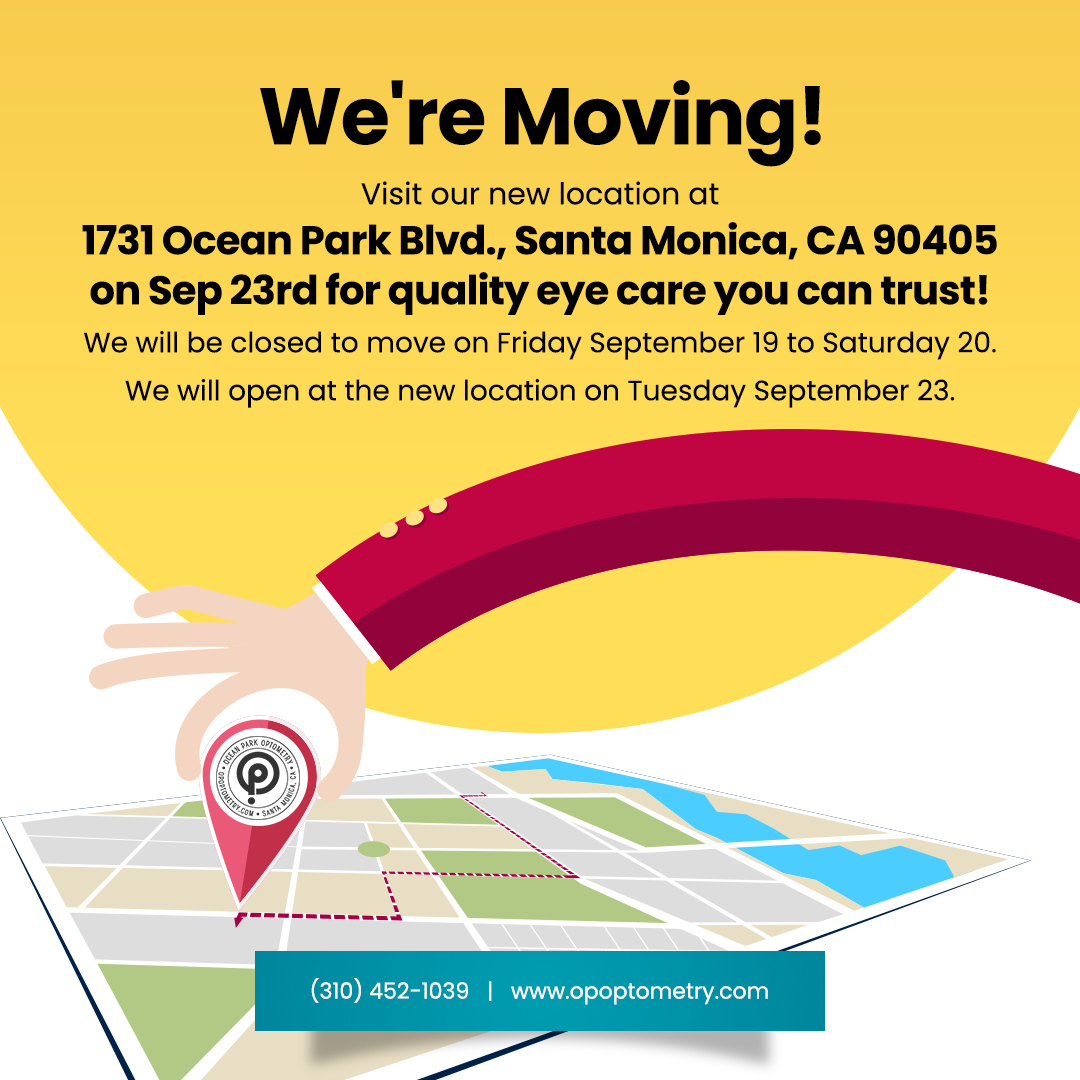
Telemedicine in eye health, or teleophthalmology, refers to the use of digital technologies to provide remote eye care services. It involves the exchange of medical information through electronic communication, allowing for diagnosis, treatment, and preventative care when face-to-face interaction is not possible.
Understanding the Concept of Telemedicine in Eye Health
Telemedicine in eye health involves several components, including video consultations, remote monitoring, and digital diagnostic tools. The key aspect is the use of digital technology to deliver eye care services remotely, thus eliminating geographical barriers.
Video consultations enable eye care providers to interact with patients virtually, assessing symptoms and advising on treatment or management plans. Remote patient monitoring involves the use of digital devices to track a patient's eye health over time, with data transmitted to the healthcare provider for analysis.
Digital diagnostic tools are also pivotal in teleophthalmology. These include digital retinal imaging, optical coherence tomography, and smartphone-based visual acuity tests, which can provide crucial information for diagnosing and managing various eye conditions.
What are the Benefits of Telemedicine in Eye Health?
The benefits of telemedicine in eye health are manifold. For patients, it offers improved access to eye care services, especially for those living in remote areas or with mobility issues. It reduces the need for travel, making eye care more convenient and cost-effective.
Telemedicine also has the potential to enhance the quality of eye care. By leveraging digital technologies, it allows for ongoing monitoring and early detection of eye diseases, leading to better management and potentially better outcomes.
Additionally, telemedicine can increase the capacity of the healthcare system by making eye care delivery more efficient. It can help manage the growing demand for eye care services, reduce waiting times, and alleviate the workload of healthcare professionals.
What are the Limitations of Telemedicine in Eye Health?
While telemedicine in eye health offers significant advantages, it is not without limitations. Technological challenges are a major concern. Not all patients have access to the necessary devices or a stable internet connection for video consultations.
Some eye conditions require physical examination or procedures that cannot be performed remotely. These include intraocular pressure checks for glaucoma, dilation of the pupils for a comprehensive eye exam, or surgical interventions.
There are also issues related to patient privacy and data security. While telemedicine platforms are generally secure, breaches can occur, potentially exposing sensitive patient information.
Addressing the Limitations of Telemedicine in Eye Health
Addressing the limitations of telemedicine in eye health requires a multifaceted approach. Technological challenges can be overcome by enhancing digital infrastructure, promoting digital literacy, and developing user-friendly telemedicine platforms.
For physical examinations and procedures, a hybrid model of care could be adopted, combining telemedicine with occasional in-person visits. This would ensure patients receive comprehensive care while still benefiting from the convenience of telemedicine.
Regarding patient privacy and data security, strict regulations and robust security measures should be in place to protect patient information. Healthcare providers also need to educate patients about the importance of cybersecurity and their role in safeguarding their information.
How to Embrace Telemedicine in Eye Health Successfully
Successfully embracing telemedicine in eye health requires strategic planning and implementation. Firstly, healthcare providers need to invest in reliable technology and training to ensure the smooth delivery of telemedicine services.
Additionally, clear communication is crucial. Patients should be informed about what to expect from telemedicine consultations, how to use the technology, and how their data will be protected.
Finally, it's essential to incorporate patient feedback for continuous improvement. By listening to patients' experiences and concerns, healthcare providers can refine their telemedicine services to better meet patients' needs and expectations.
Conclusion
Telemedicine in eye health is a promising development that can enhance the accessibility and quality of eye care. While there are limitations, these can be addressed with thoughtful strategies and continuous improvement. As healthcare providers, we must navigate these new waters with care, always prioritizing the well-being of our patients.
For more information on the benefits and limitations of telemedicine in eye health, visit Ocean Park Optometry at our office in Santa Monica, California. Please call or text (310) 452-1039 to schedule an appointment today.













